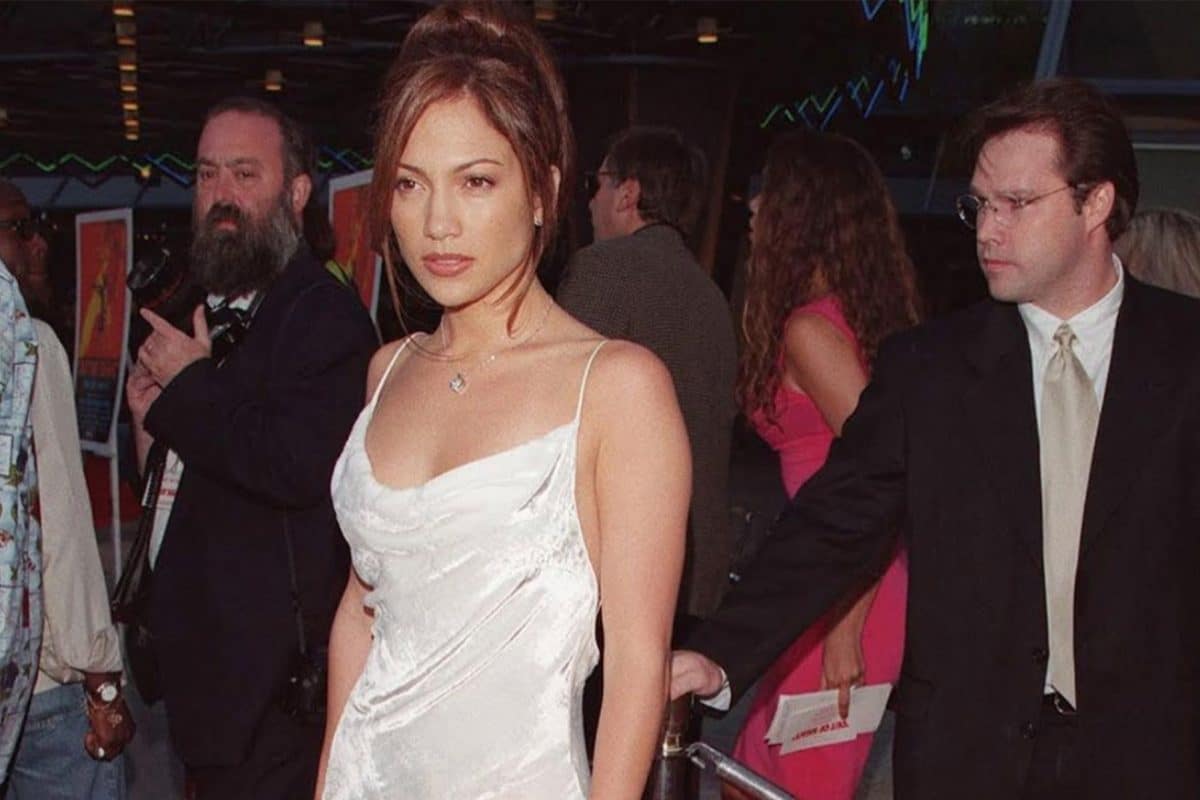Ethical fashion is personal fashion. Which means brands and consumers should be aligning their consumption habits with what speaks to their souls. Fashion’s environmental impact is pretty inescapable, though. And, while green packaging or take-back schemes are great, it's the fabrics themselves that contribute most to a brand’s footprint. This is because fibres such as cotton traditionally demand a lot of water and pesticides, while man-made fabrics like polyester actually derive from plastics.
One brand committed to spreading the word about sustainable fabrics is Colovos. Founded by husband and wife design duo Michael and Nicole Colovos – formerly of Helmut Lang – this New York-based brand is now moving towards a zero waste model. One that is based around organic materials and closed loop systems. Here, they run us through exactly what sustainable fabrics mean – and why they are the future for fashion.
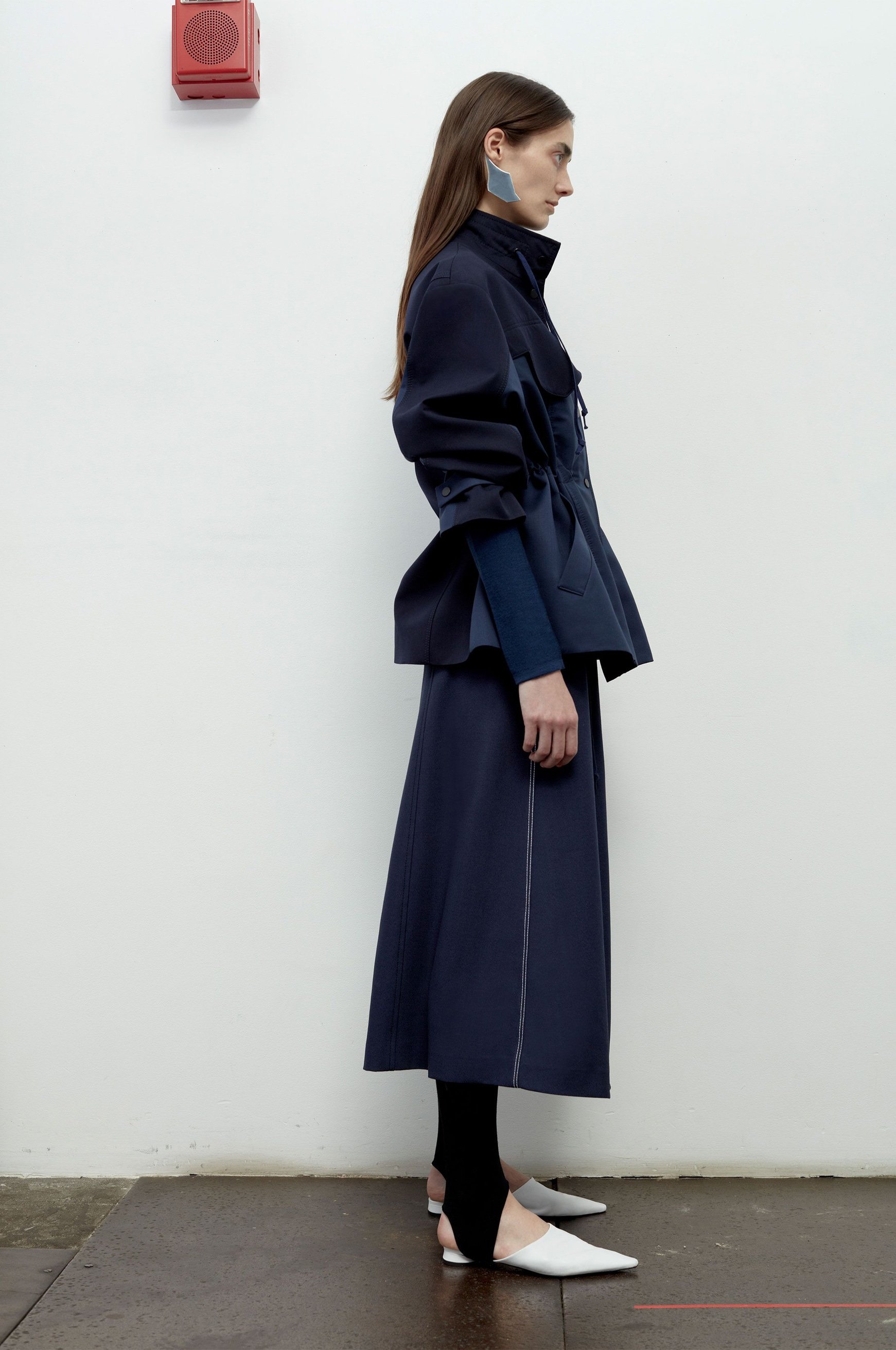
Can you talk us through some of the sustainable fibres that Colovos works with?
Michael: Well, there are natural fibres like wool, silk and cotton. But one of the biggest issues with cotton is that it uses a lot of water to grow and also a lot of pesticides. So we use organic cotton, which is pesticide free, and we’re also working with farms that engineer the cotton seeds to use 95 per cent less water. Then there’s cupro (which is a wood pulp based cellulose fibre), and triacetate (which is also a cellulose fibre). The triacetate we work with is the only one in the world to use a closed loop system.
Nicole: When you start looking at it, there are actually a lot of fabrics you can use, which break down in a sustainable way. And then, once you look at how a fibre breaks down, it also becomes about how it is manufactured. It’s a work in progress, but it is getting better.
"People are becoming more aware of [the sustainability conversation], so the demand is there." - Nicole Covolos
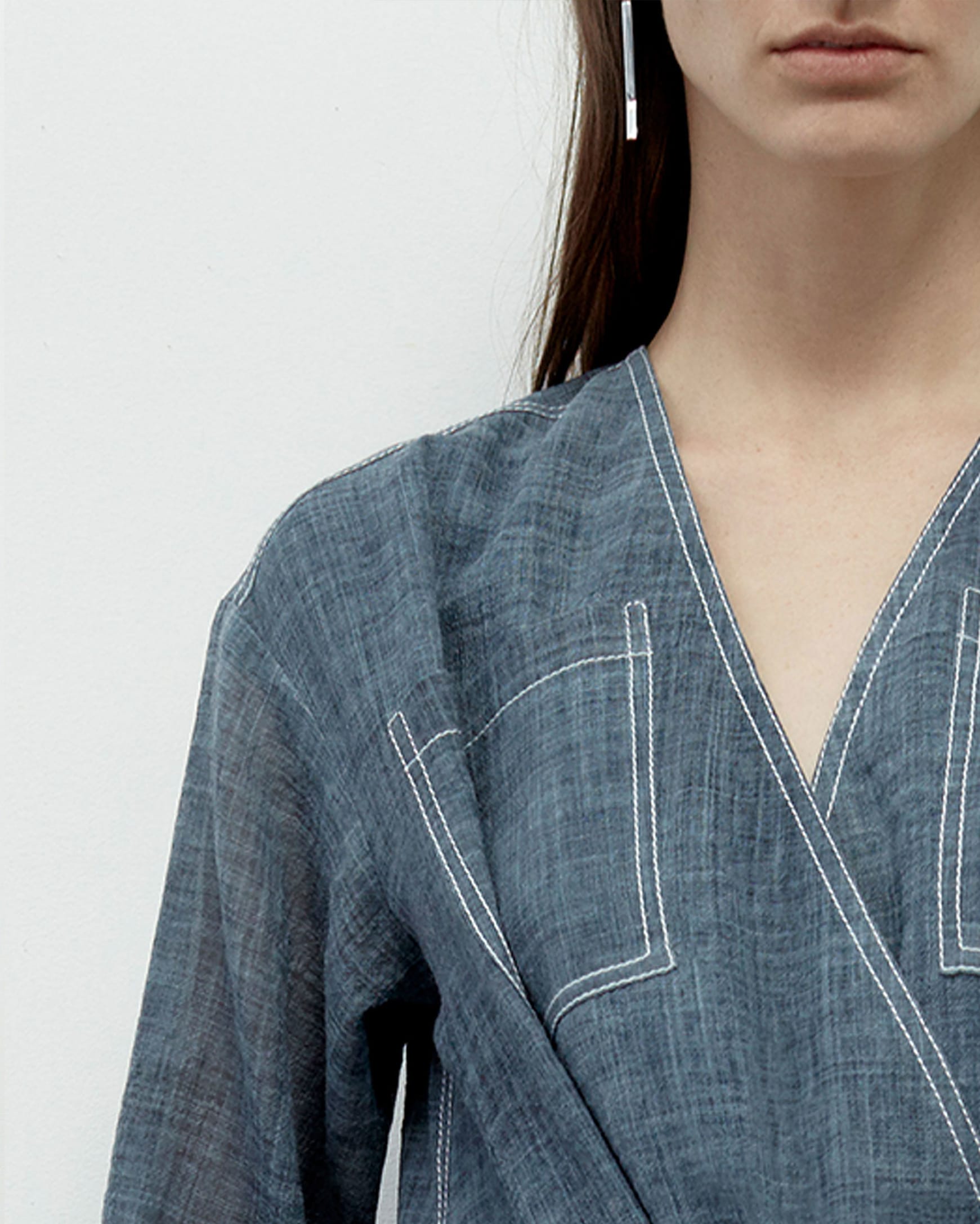
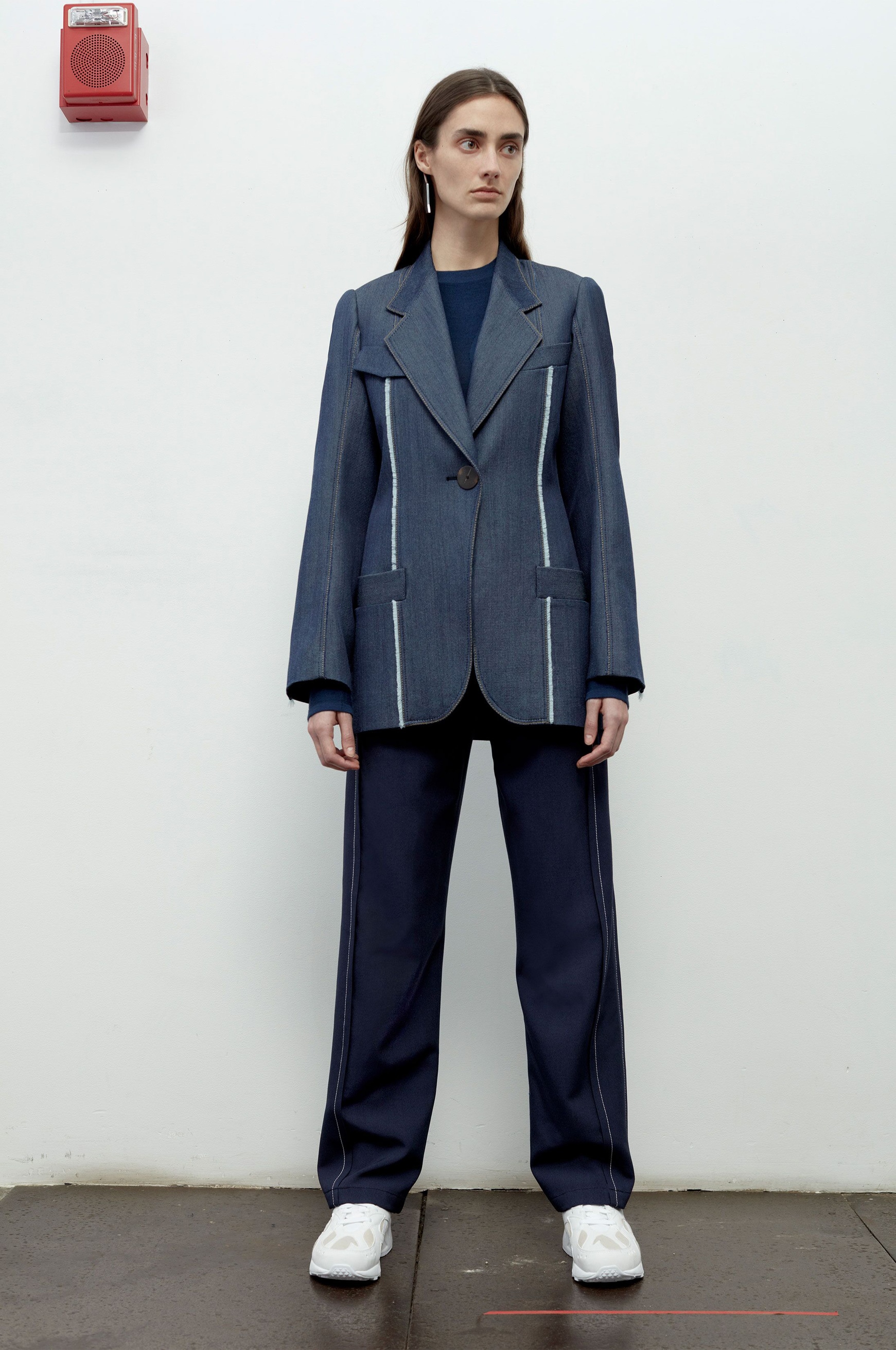
How do you go about sourcing your sustainable fabrics?
Michael: We work with factories all over the world, but a lot of our clothes are made in New York. The technology [around sustainable fabrics] is still fairly new, so we just started asking around; speaking to some agents and mill owners. Once we found out what was possible, we started asking everyone and those that weren’t working sustainably, we decided not to work with anymore. Making ethically has always been an important part of our ethos ... I spend a lot of time at the factories and we pay a little bit more to get things produced in small-managed environments.
Nicole: Most of the yarns for our recent Woolmark collection, for example, were sourced through mills working with the Greenpeace Detox Program. So, the idea there is to eliminate all harmful chemicals from the production process. Some of the factories we work with also use solar panels to power their electricity. So that’s sort of the starting point for us and then, from there, we just try to find the best and most unusual ways of working with fabrics.
"I like to know who is sewing the clothing and that they are being treated fairly." - Michael Covolos
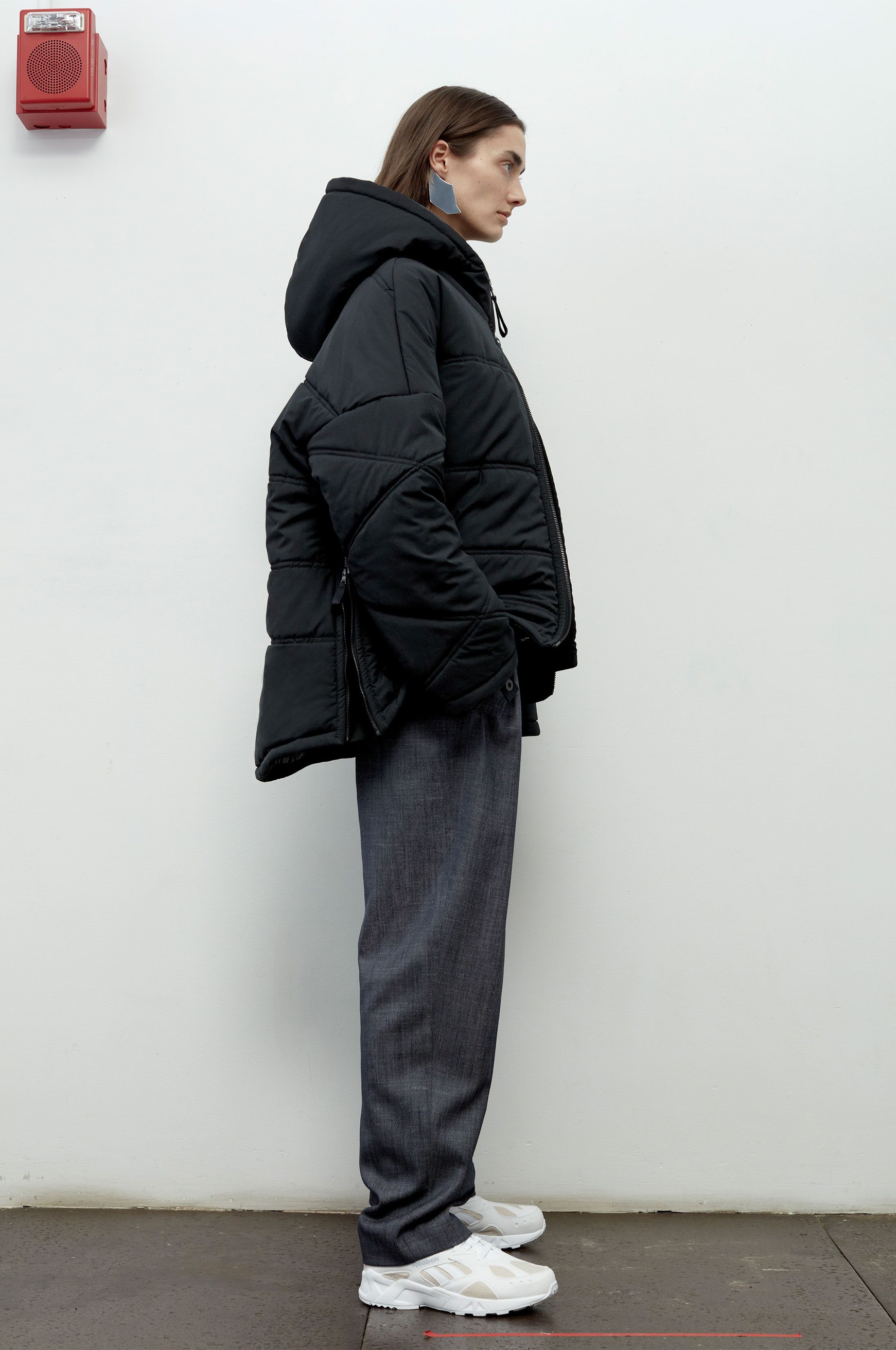
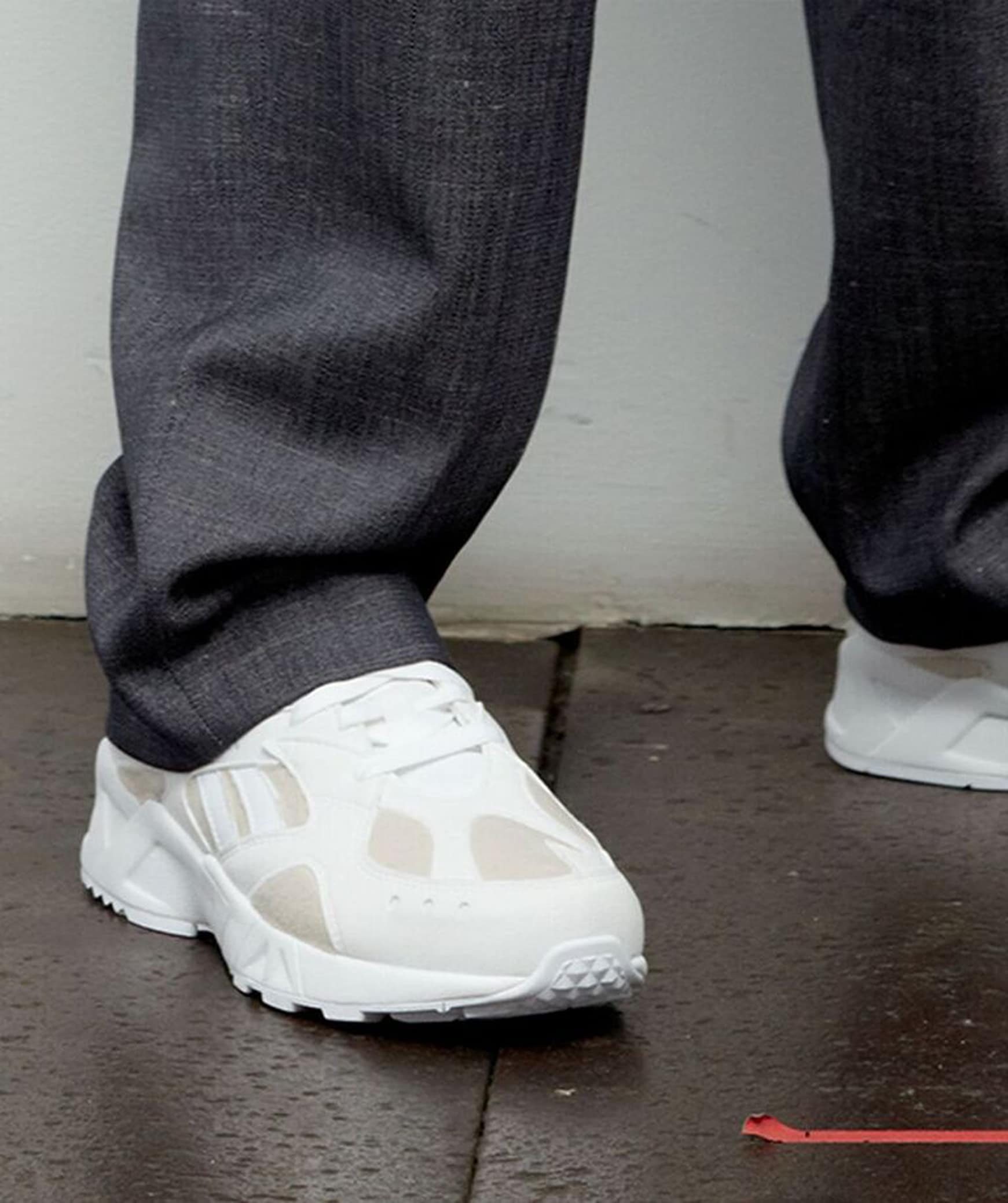
Wool is a pretty amazing fibre, as far as natural fabrics go ...
Nicole: Yeah, and our wool pieces were actually designed so that maybe you don’t think they’re wool. The knitwear is a super soft merino, which almost feels like cashmere. And some of the items that look like denim are actually wool. Then there is a puffer jacket that’s made of 100 per cent wool, but it doesn’t feel like wool at all. It’s waterproof, and the fill is all wool. So we really tried to take the idea of this scratchy, classic fabric and find the most modern interpretations we could. But at the same time using a very sustainable sensibility. All the production scraps are held aside, and then they get broken down and reworked into new yarn. So, it’s a circular proposition.
It’s so important to think about all those different touch points for waste and how to reabsorb and repurpose it.
Michael: We’re embracing all of that in our collections going forward. We want to be a zero waste company. Wherever we can’t get away from carbon emissions through shipping and things like that, we plan to offset through programs like reforestation.
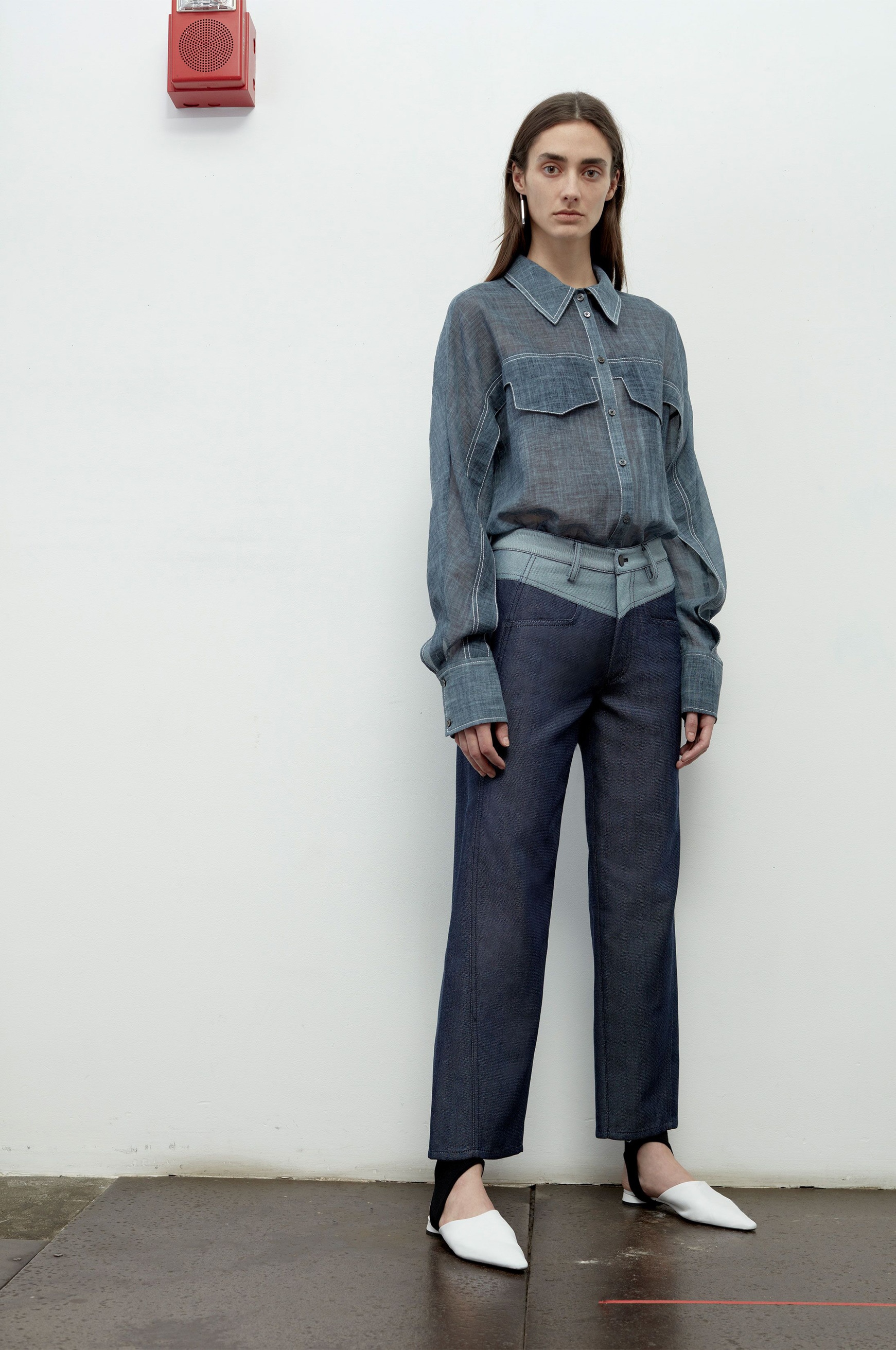
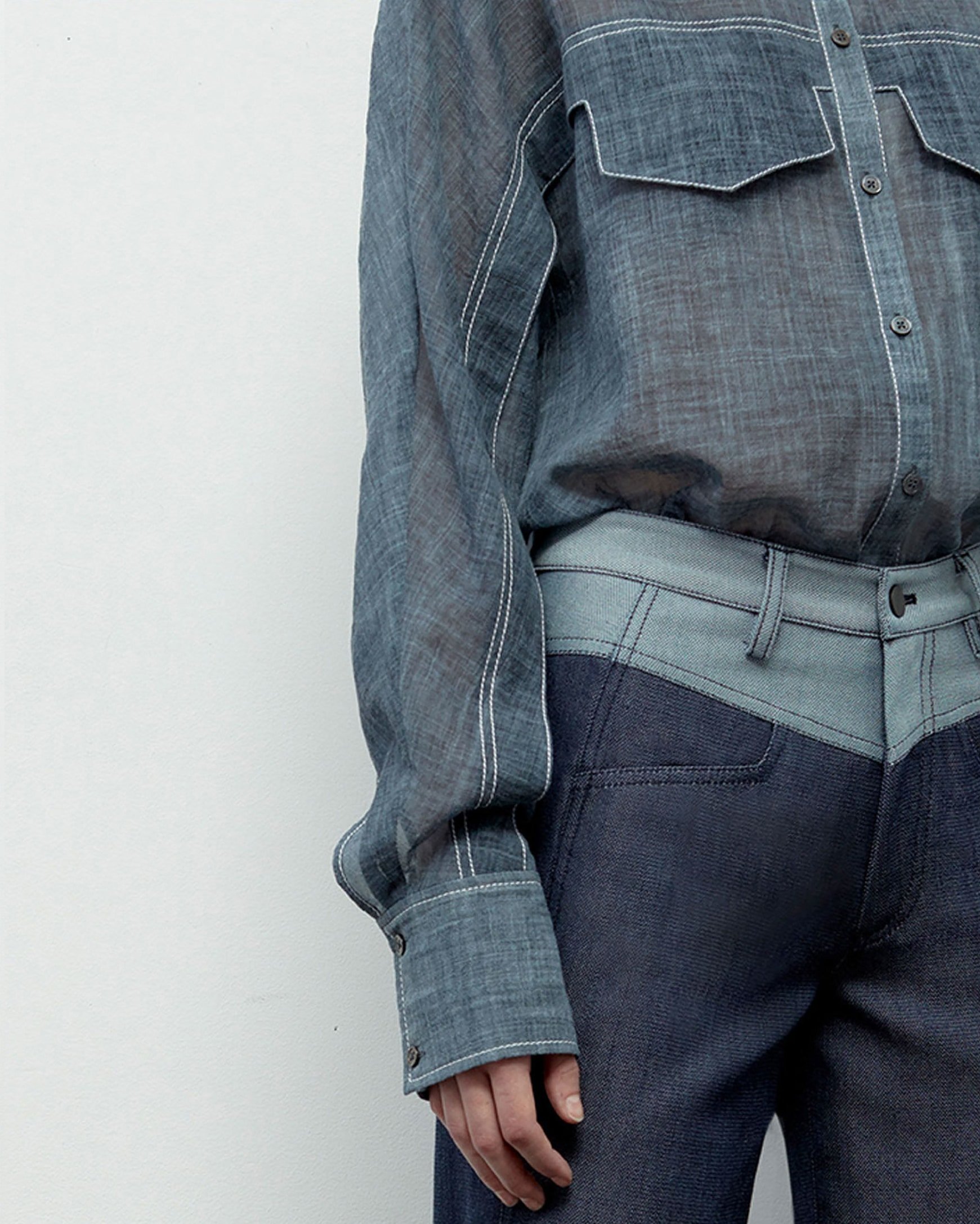
So how do you approach sustainability with things like packaging?
Michael: Our look books are printed on recycled paper and our main labels are made from recycled polyester, which is [up-cycled using] plastic bottles from the ocean. A lot of these petroleum-based fibres like polyester are toxic and to break them down is also toxic, but we are working with mills and factories that use closed loop systems, so all of the toxic chemicals are recycled and reused, rather than being put back into the environment.
Have you had to educate consumers about the sustainable fabrics you’re using?
Michael: Well every piece we produce has a QR code on it, so the customer can look that item up and it will tell them about the inspiration behind the piece and its material content. Which is partly for end of life as well. Because we want clothes to last forever, but after wearing something for ten or fifteen years, we want people to be able to send their clothes back to us, for recycling into new fabrics. Also, if something ends up being resold, then we’d like the new customer to understand its story.
Do you feel like you've had to make any design sacrifices in order to work with sustainable fabrics?
Michael: No, because these are all fabrics that we love to work with anyway. They’re all luxurious, wearable fibres, so it’s not like we are giving something up. It’s just about doing that extra research. Which also helps the elimination process for us and keeps our focus really narrow.
Nicole: Yeah and we always try to design classic clothing with a little bit of a twist. Keeping your clothes for a long time is key for us. So, we often bring back the same silhouettes in different fabrics, so people don’t feel like they need to update constantly. If the silhouette has already been perfected, why do we need it to go away? We can just tweak it slightly.
Michael: Our end goal is to make a really beautiful collection that people like. So, we’re not trying to shove [sustainability] down people’s throat. But it just so happens that our collections are also sustainable, ethically-made and non-toxic.



